2-PHENYLPROPIONALDEHYDE
Synonym(s):2-Phenylpropanal;Hydratropaldehyde
- CAS NO.:93-53-8
- Empirical Formula: C9H10O
- Molecular Weight: 134.18
- MDL number: MFCD00006973
- EINECS: 202-255-5
- SAFETY DATA SHEET (SDS)
- Update Date: 2024-10-28 16:48:35

What is 2-PHENYLPROPIONALDEHYDE?
Chemical properties
clear colorless liquid
Chemical properties
2-PHENYLPROPIONALDEHYDE identified in dried mushroom, is a colorless liquid with a green hyacinth odor. Hydratropaldehyde can be hydrogenated to hydratropic alcohol, which is also used to a limited extent by reaction of p-ethylbenzyl chloride and isobutyric aldehyde in the presence of catalysts. The product is used in perfumes for, for example, household products.
Chemical properties
2-Phenylpropionaldehyde has an intense, green, floral odor reminiscent of hyacinth.
Occurrence
Reported found in microbially fermented tea and some varieties of mushrooms.
The Uses of 2-PHENYLPROPIONALDEHYDE
2-Phenylpropionaldehyde is a precursor in the synthesis of N,N,β-Trimethyl-phenethylamine Hydrochloride (T796625).
Preparation
By alkaline condensation of acetophenone and ethyl chloroacetate; also by distillation of methylphenyl ethylene glycol in 91% yields (under atmospheric pressure).
Definition
ChEBI: 2-phenylpropanal is a member of the class of phenylacetaldehydes that is phenylacetaldehyde in which a hydrogen alpha to the aldehyde carbonyl group has been replaced by a methyl group. The major species at pH 7.3.
Production Methods
The most important synthetic route to 2-phenylpropionaldehyde is the rhodiumcatalyzed hydroformylation of styrene. The catalyst [HCo(CO)4] is unsuitable in this process because it favors the hydrogenation of styrene. The use of chiral rhodium complexes leads to the formation of optically active aldehydes when prochiral olefins, such as styrene, are used. Asymmetric hydroformylation, however, has so far found only small industrial application because of insufficient purity of the enantiomers. Other synthetic methods are the gas-phase oxidation of a-methylstyrene on Cu, Bi–Mo– P–SiO2, or Pd salt catalysts, the rearrangement of epoxidized a-methylstyrene, and the dehydrogenation of 2-phenyl-1-propanol on Ag catalysts at reaction temperatures of ca. 600 ℃.
Synthesis Reference(s)
Journal of the American Chemical Society, 97, p. 5608, 1975 DOI: 10.1021/ja00852a062
Organic Syntheses, Coll. Vol. 3, p. 733, 1955
Tetrahedron Letters, 15, p. 3059, 1974
General Description
2-Phenylpropionaldehyde is used in perfumes for its green hyacinth odor.
Flammability and Explosibility
Non flammable
Trade name
Floralozone (IFF), Florazon (Symrise).
Safety Profile
: Moderately toxic by ingestion. Combustible liquid. When heated to decomposition it emits acrid smoke and irritating fumes. See also ALDEHYDES.
Purification Methods
It may contain up to 15% of acetophenone. Purify it via the bisulfite addition compound [Lodge & Heathcock J Am Chem Soc 109 3353 1987] and see Chapter 2 for preparation and decomposition of bisulfite adducts. [Beilstein 7 IV 695.]
Properties of 2-PHENYLPROPIONALDEHYDE
| Melting point: | 60°C |
| Boiling point: | 92-94 °C/12 mmHg (lit.) |
| Density | 1.002 g/mL at 25 °C (lit.) |
| vapor pressure | 40Pa at 20℃ |
| refractive index | n |
| FEMA | 2886 | 2-PHENYLPROPIONALDEHYDE |
| Flash point: | 169 °F |
| storage temp. | 2-8°C |
| solubility | Soluble in most fixed oils, propylene glycol. Insoluble in glycerin. |
| form | Liquid |
| color | Clear colorless |
| Odor | at 10.00 % in dipropylene glycol. fresh sharp green hyacinth leaf lilac |
| Water Solubility | 10μg/L |
| Sensitive | Air Sensitive |
| JECFA Number | 1467 |
| BRN | 4291321 |
| CAS DataBase Reference | 93-53-8(CAS DataBase Reference) |
| EPA Substance Registry System | Benzeneacetaldehyde, .alpha.-methyl- (93-53-8) |
Safety information for 2-PHENYLPROPIONALDEHYDE
| Signal word | Warning |
| Pictogram(s) |
 Exclamation Mark Irritant GHS07 |
| GHS Hazard Statements |
H227:Flammable liquids H303:Acute toxicity,oral H315:Skin corrosion/irritation H319:Serious eye damage/eye irritation H335:Specific target organ toxicity, single exposure;Respiratory tract irritation |
| Precautionary Statement Codes |
P261:Avoid breathing dust/fume/gas/mist/vapours/spray. P305+P351+P338:IF IN EYES: Rinse cautiously with water for several minutes. Remove contact lenses, if present and easy to do. Continuerinsing. P405:Store locked up. |
Computed Descriptors for 2-PHENYLPROPIONALDEHYDE
| InChIKey | IQVAERDLDAZARL-UHFFFAOYSA-N |
New Products
(R)-3-Aminobutanenitrile Hydrochloride 4-Aminotetrahydropyran-4-carbonitrile Hydrochloride 4-AMINO-TETRAHYDRO-PYRAN-4-CARBOXYLIC ACID HCL 4-AMINO-TETRAHYDRO-PYRAN-4-CARBOXYLIC ACID 1,4-Dioxa-8-azaspiro[4.5]decane 5-Bromo-2-nitropyridine SODIUM AAS SOLUTION ZINC AAS SOLUTION BUFFER SOLUTION PH 10.0(BORATE) GOOCH CRUCIBLE SINTERED AQUANIL 5 BERYLLIUM AAS SOLUTION SODIUM VALPROATE Diclofenac Sodium Methylcobalamin (vitamin B12) VILDAGLIPTIN ACICLOVIR AMOXICILLIN (AMOXYCILLIN) TRIHYDRATE Desloratidine Related compound B Folic Acid Impurity G Glycopyrronium Bromide EP Impurity I Eltrombopag N-Oxide Impurity Di-Nitroso Acyclovir Impurity K DLRD N-OxideRelated products of tetrahydrofuran
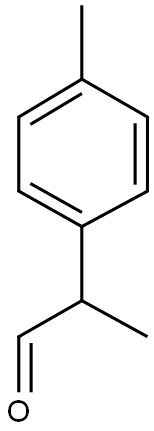

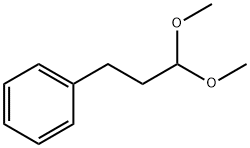

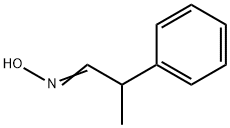
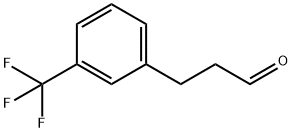

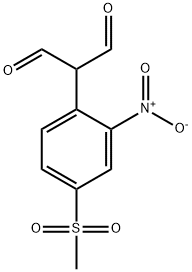
You may like
-
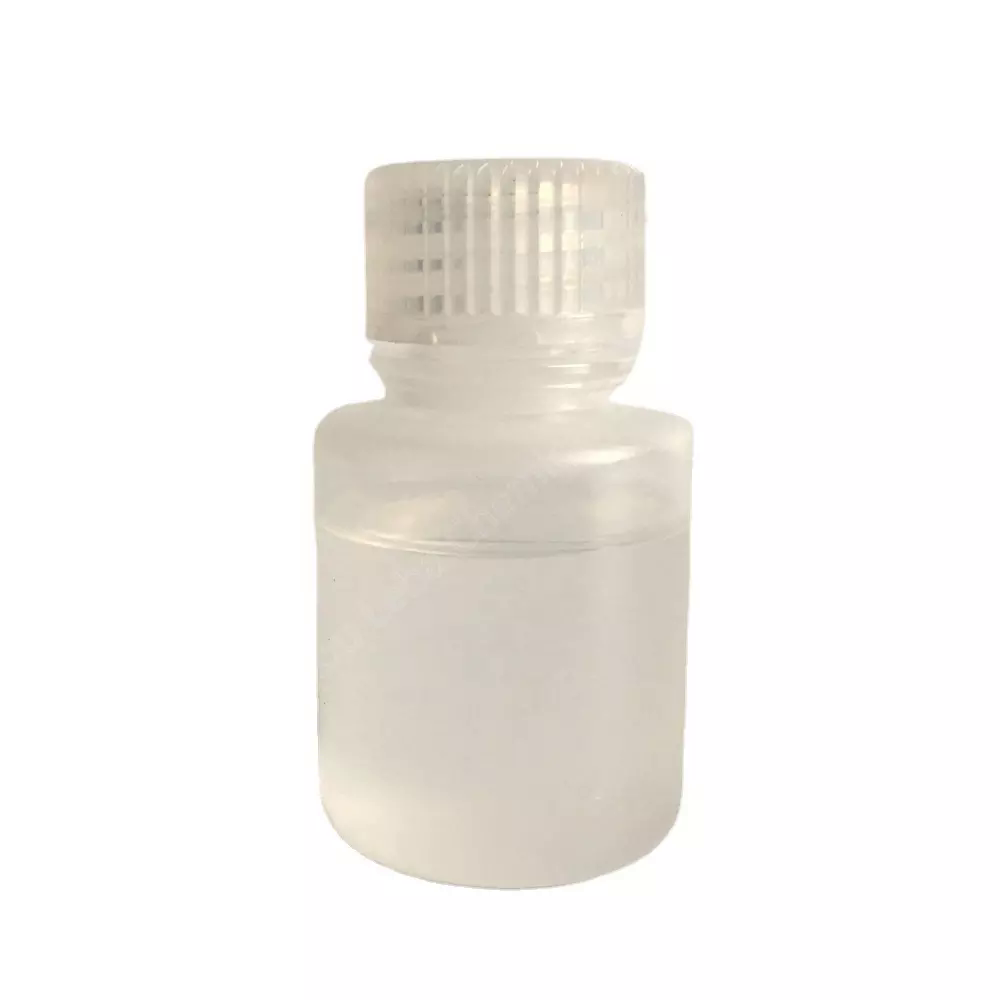 93-53-8 HYDRATROPIC ALDEHYDE 98%View Details
93-53-8 HYDRATROPIC ALDEHYDE 98%View Details
93-53-8 -
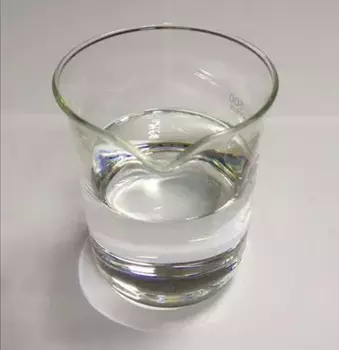 93-53-8 98%View Details
93-53-8 98%View Details
93-53-8 -
 2-Phenylpropionaldehyde CAS 93-53-8View Details
2-Phenylpropionaldehyde CAS 93-53-8View Details
93-53-8 -
 Alpha-Phenylpropionaldehyde CASView Details
Alpha-Phenylpropionaldehyde CASView Details -
 2-Phenylpropionaldehyde CAS 93-53-8View Details
2-Phenylpropionaldehyde CAS 93-53-8View Details
93-53-8 -
![177-11-7 1,4-Dioxa-8-azaspiro[4.5]decane 98+](https://img.chemicalbook.in//Content/image/CP5.jpg) 177-11-7 1,4-Dioxa-8-azaspiro[4.5]decane 98+View Details
177-11-7 1,4-Dioxa-8-azaspiro[4.5]decane 98+View Details
177-11-7 -
 217299-03-1 98+View Details
217299-03-1 98+View Details
217299-03-1 -
 4-AMINO-TETRAHYDRO-PYRAN-4-CARBOXYLIC ACID 39124-20-4 98+View Details
4-AMINO-TETRAHYDRO-PYRAN-4-CARBOXYLIC ACID 39124-20-4 98+View Details
39124-20-4